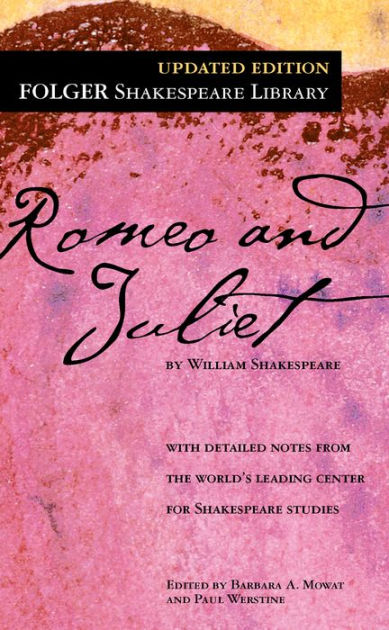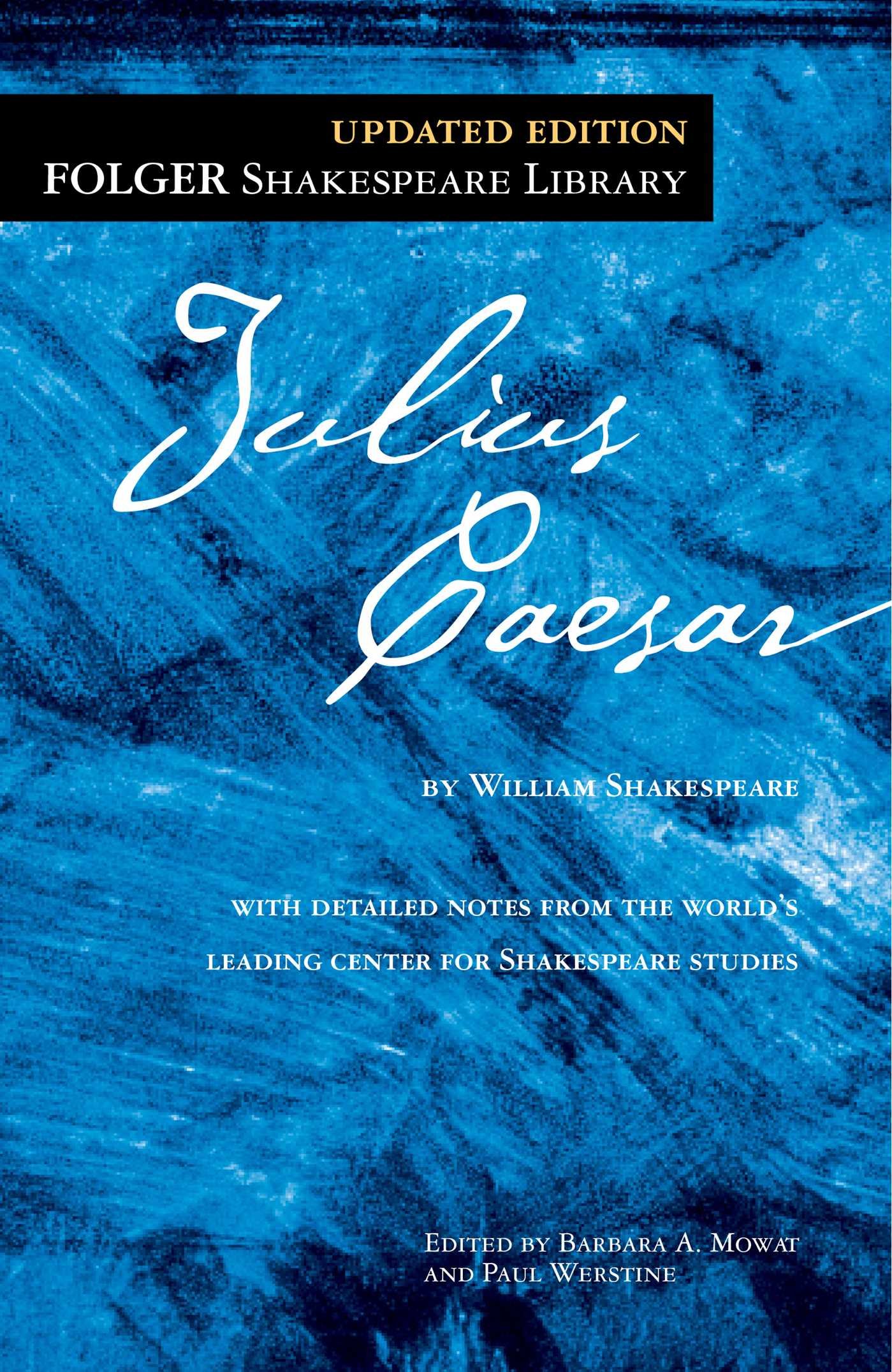
Click to Teach/Click to Learn: Re-Imagining Shakespeare
"Re-Imagining Shakespeare" is all about bringing an ancient play into modern day times, making it relevant and exciting, by crafting your own unique vision. This lesson includes everything you need to create a director's concept and communicate it to others. In this lesson you will be choosing a scene from a Shakespeare play, and re-imagining it in a new context. You will be reading, researching and reflecting to find your inspiration and then bringing your concept to life with a vision board and narrative. Learn to think like a director with this fun exercise in "Re-Imagining Shakespeare".
Step 1: Get Inspired
In 2016, The British Council celebrated the 400th Anniversary of Shakespeare's death through a campaign called "Shakespeare Lives." Watch the video below to learn more. What does it tell us about why Shakespeare's works are still so relevant today?
Here is an exciting example of re-imagining in action. As a part of the Shakespeare Lives campaign, a variety of directors created short films inspired by some of Shakespeare's works. This sample video was inspired by Shakespeare's "Twelfth Night". Each of the artists shown are sharing a particular character's point of view in a contemporary way- rap, spoken word and more.
Learn about the making of the video in this "Behind the Scenes" below. Pay special attention to the director's explanation of how and why he created this film to bring Twelfth Night into a contemporary context.
How might this director's thoughts help inspire your own "Shakespeare Now!" concept?
Step 2: Read, Analyze & Research
For the purposes of this exercise, you will be asked to create a director's concept for just one scene of a play. After you choose your scene, it is suggested that you take the time to read (or re-read) the entire play first. Analyze the play and the scene and write down any questions you would like to research. This lesson may also be used with any other play or scene assigned by your teacher.
Romeo and Juliet I.i.34-75 (Act 1, Scene 1, lines 34-75) - a scene with a street fight between the Montagues and the Capulets.
Julius Caesar III.ii.82-117 (Act 3, Scene 2, lines 82-117) - a monologue by Mark Antony to the assembled crowd over Caesar's body.
This article by Director Jon Jory entitled How to Read a Play, offers strategies you can use to analyze and think deeply about what you are reading so that you may begin working towards creating your concept. Read the article on Dramatics.org by clicking on the image below.
Which of these 30 ways of understanding a script were most helpful to you?
How will you use these as a way to begin thinking about your concept?
These links from the Folger Shakespeare Library offer some wonderful context and images for each play to assist you in your research. (click the images below)
Step 3: Historical & Cultural Context
In "Shakespeare Now!" you will be re-imagining a scene from one of Shakespeare's plays; thinking of new and inventive ways to produce the scene. In order to re-imagine a play, it's important to deeply understand what the play is about and to understand what the original production may have looked like. This trailer from a 2018 production of Hamlet at London's Globe Theatre offers a glimpse into what it might have been like to attend a play during Shakespeare's time. Although there are notable differences in the staging, including the use of male and female actors and non traditional gender casting, this powerful trailer in a very short time gives us a sense of the playing space and some historical production values, making it easy to imagine the play as it may have been in Shakespeare's time.
Understanding the play and the historical and cultural context, gives insight into the themes of the work and the statements Shakespeare was making, and how the production values helped create meaning for the watching audience. As you re-imagine your scene, think about the audience who might attend your production.
How might your concept make this ancient play come alive for a unique community or culture?
What production values might you change if this play is presented to your community?
Thinking about these questions will help you re-imagine the work in a way that is powerful and relevant to your own unique community.
Step 4: Exploring Director's Styles
The director is the person responsible for coordinating the artistic efforts of the different designers and actors into one unified vision for the production. This unified vision is based on the director's interpretation of the meaning of the play and the purpose for presenting the production. One of the first jobs the director must do is to research to decide what this play means and how they will tell the story. This research will inspire and determine the unifying vision or concept. The director must then communicate their vision using both words (director's concept statement) and images (vision board).
When directing classic plays, directors sometimes re-imagine the setting, time, costumes or other supporting details in order to communicate a unique vision for the meaning of the play.
These two videos, taken from the Shakespeare Lives project, re-imagine each play in new and exciting ways. Watch each of these videos and compare the contrasting directors' styles.
Step 5: Learn About Visual Thinking
To create a director's concept, you will need to think about the theme and meaning of the play and also to communicate the theme and meaning of the play. In order to communicate the theme and meaning as you see it, you will need both a written director's concept statement and a vision board collection of images or objects that communicate the play's meaning visually to others. In the next step, you will be collecting images and objects to create a vision board, the visuals you will collect will help you to define and communicate your vision through a director's concept.
The video below will help you understand how to communicate visually. In this video, the director explains their concept for a production of Shakespeare's Comedy of Errors, through a collection of images. For this director, the play can be compared to a circus. The circus becomes the central metaphor for the play.
How does the video help communicate the director's vision through visuals?
In what ways does the director use both literal and abstract images to communicate their vision?
Step 6: Create Your Concept
Congratulations! You are now ready to create your director's concept. Remember:
- the purpose of a “concept” is to convey the meaning of the production to the audience
- your director's concept will have two parts: a director's concept statement and a vision board
- your director's concept should be complete enough to reinforce and extending your thematic interpretation into the theatrical elements of the production.
It is suggested that you start by creating your images and mood board, then writing the description of your director's concept, but you may find your self doing both at the same time. It doesn't matter which you create first since each will help clarify the other.
VISION BOARD
As you begin the process of exploring concepts for your re-imagination, it is helpful to look for visuals that speak to you and inspire you. If you aren't sure where to start, go to some print resources (such as magazines, books of artwork, comic books, etc.) and see what jumps out. Take time to reflect on why you like certain images, and take some notes on common themes that emerge. Once you have some ideas, you can use a search engine to explore more. The images or objects need not be limited to literal images illustrating scenes from the play or historical connections; be sure to include abstract images that represent the play for you and help others to understand the meaning. Collect any images that capture the mood, time period, and setting you want to achieve in your re-imagination, and use these to create a vision board for your scene.
WRITTEN DIRECTOR's CONCEPT
As you collect imagery for your vision board, you should be defining your thematic interpretation of the play. This will be provide the basis for your re-imagination of your scene. You should be able to fill in the blank: This play is about ________________.
Next, you will decide on a metaphor that conveys your interpretation of the play. In other words, what is an object/symbol that represents your thematic representation of the play? This could be an object or a symbol that is used in the script, or you could find it in your research. For example, the director from the video in the previous step chose a circus as their metaphor for Shakespeare's A Comedy of Errors. You should be able to fill in the blank: This play is like a ___________________.
Finally, you will communicate your directorial concept in a written explanation to go along with your vision board. Learn more about creating a vision board and director's concept statement, including some examples, below.
Vision Board
Here is a great example of a vision board to communicate a director's concept for the musical Seussical.
Make sure you've collected enough pictures to have a clear idea of the following:
- What is the world of the play like?
What will the environment of the scene feel like? (Consider lighting, use of space, texture, time period, etc.) - What types of colors/shapes/lines invoke the mood and style of the scene you are directing?
- What is the overall message of your scene, and how will you show that visually? What symbolism can you include?
You will be creating and sharing a vision board to help communicate your director's concept. Your vision board can be as simple as a PowerPoint presentation, a set of images or collection of objects you photographed with your phone or even a YouTube video as in the example. Once you have created your vision board, be sure to save it to your desktop or to your class online location.
Director's Concept Statement
You will be communicating your final directorial concept in a written explanation. To see what this might look like, you can click here for some examples of written director's concepts. For this assignment, you will use a Directorial Concept Worksheet, shown below, created by theatre educators Amie Kisling and Michael Dixon. You may download the worksheet HERE

After you have completed filling in the worksheet (download here) your are ready to create your director's concept statement and save in your desktop or online folder.
Diving Deeper: Video Production
If you're in a film/video class (or if you're just interested in video editing), you may want to try creating a video version of your scene. You can either envision a video and draw out your shots in a storyboard, or create a mash up using videos you find on the internet. Be certain to credit all sources and follow the fair use copyright guidelines for school work and education:
- use a small amount
- rework and use in a different way
- add new meaning and make it original
- use is for a non profit purpose
Although you will be able to share your film with you teacher by saving to your desktop or online class folder, be aware that if you make a mashup you may NOT post it to your Facebook, Snapchat, Instagram, personal YouTube channel or other public online sharing.
If you would like some inspiration, check out the video below from Shakespeare Lives. The film maker blended filmed shots with contemporary animation to re-imagine Lady Macbeth's speech in Act 1 Scene 5 of Macbeth.
How did the director's use of Manga communicate meaning?
What does that do to your understanding of the piece?
If you are home with family and can persuade them to help you- you may even be able to shoot a live action video. Here is Romeo & Juliet re-imagined in a universe far, far away.
Whatever you do, don't forget to plan your film on a storyboard first. Download a free storyboard templates from "Facing History" here. Create your storyboard by drawing your idea for a shot in each square. It doesn't have to be perfect, but remember that the goal is to communicate what is happening in the shot, and how the shot is influenced by your re-imagining of the scene.
Just for Fun
Measuring Learning
Classroom Connections
Standards:
High School Advanced
TH.Pr4.1.III.a Apply reliable research of directors’ styles to form unique choices for a directorial concept in a drama/theatre work.
TH.Re8.1.III.c Support and explain aesthetics, preferences, and beliefs to create a context for critical research that informs artistic decisions in a drama/theatre work.
| Access Date | Quiz Result | Score | Actions |
|---|
Learning Center
- Webinars
- Adjudication Trainings
- Featured Courses
- Full Course List
- Lesson Plan Library
- Click to Teach Interactive Online Lessons
- Resources for New Theatre Teachers
- Technical Theatre Educator's Manual
- Connected Arts Networks
- Diverse Resources for Theatre Education
- Behind the Scenes Technical Theatre Curriculum
- Social & Emotional Learning
- Additional Standards Based Instructional Resources
- Search the Catalog
- Cart (0 items)
Full Site Search
Membership Benefits
Join EdTA for full access to our professional development and standards-based teaching resources, including:
- 300+ lesson plans
- Click to Teach online lessons
- K-12 curriculum
- Webinars
- And more!






